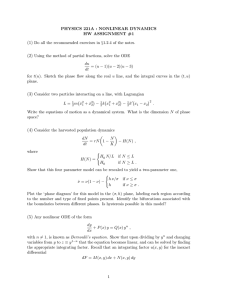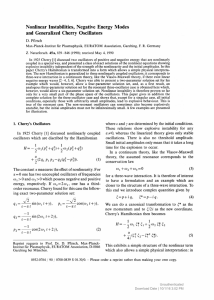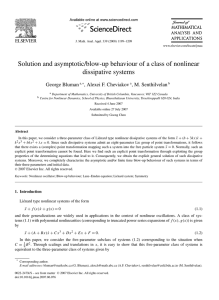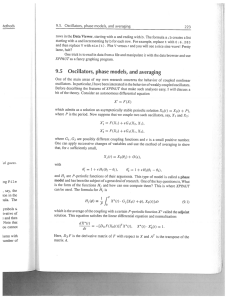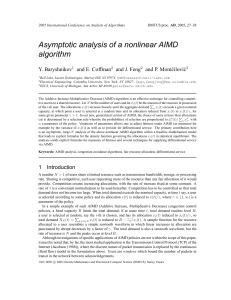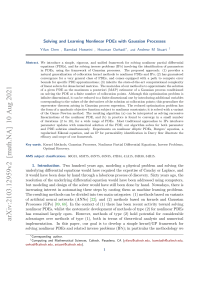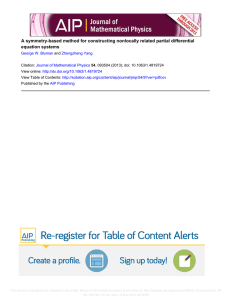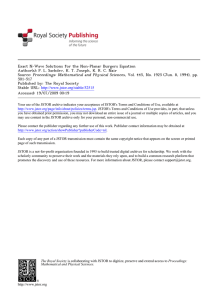MATH 556: Industrial Mathematics
advertisement
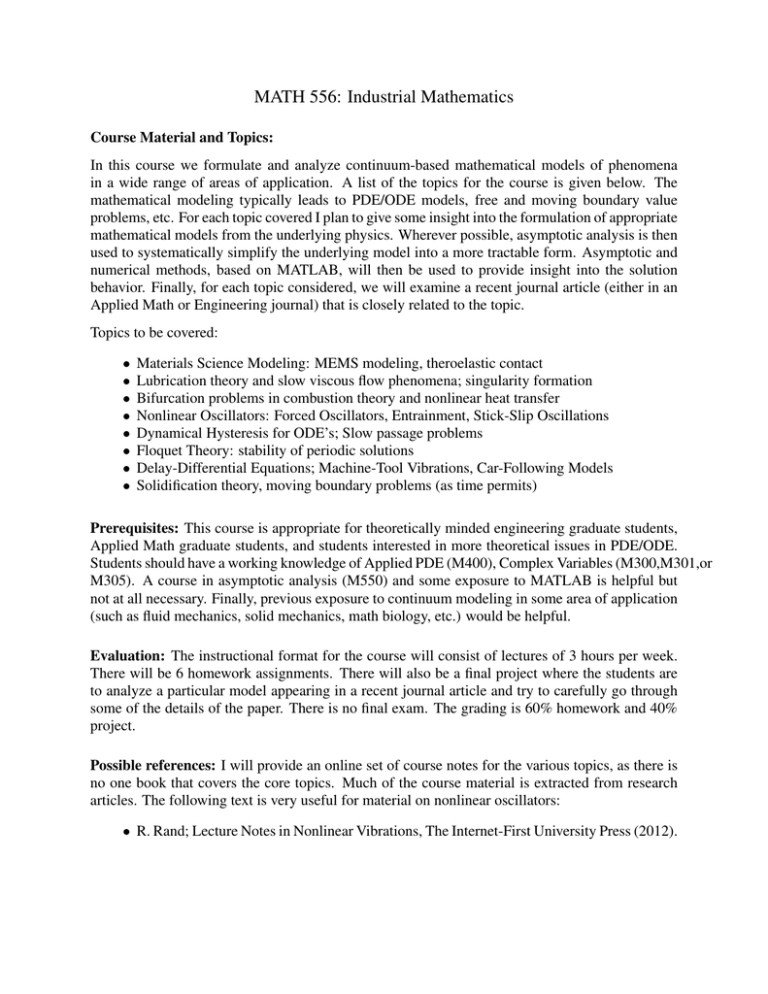
MATH 556: Industrial Mathematics Course Material and Topics: In this course we formulate and analyze continuum-based mathematical models of phenomena in a wide range of areas of application. A list of the topics for the course is given below. The mathematical modeling typically leads to PDE/ODE models, free and moving boundary value problems, etc. For each topic covered I plan to give some insight into the formulation of appropriate mathematical models from the underlying physics. Wherever possible, asymptotic analysis is then used to systematically simplify the underlying model into a more tractable form. Asymptotic and numerical methods, based on MATLAB, will then be used to provide insight into the solution behavior. Finally, for each topic considered, we will examine a recent journal article (either in an Applied Math or Engineering journal) that is closely related to the topic. Topics to be covered: • • • • • • • • Materials Science Modeling: MEMS modeling, theroelastic contact Lubrication theory and slow viscous flow phenomena; singularity formation Bifurcation problems in combustion theory and nonlinear heat transfer Nonlinear Oscillators: Forced Oscillators, Entrainment, Stick-Slip Oscillations Dynamical Hysteresis for ODE’s; Slow passage problems Floquet Theory: stability of periodic solutions Delay-Differential Equations; Machine-Tool Vibrations, Car-Following Models Solidification theory, moving boundary problems (as time permits) Prerequisites: This course is appropriate for theoretically minded engineering graduate students, Applied Math graduate students, and students interested in more theoretical issues in PDE/ODE. Students should have a working knowledge of Applied PDE (M400), Complex Variables (M300,M301,or M305). A course in asymptotic analysis (M550) and some exposure to MATLAB is helpful but not at all necessary. Finally, previous exposure to continuum modeling in some area of application (such as fluid mechanics, solid mechanics, math biology, etc.) would be helpful. Evaluation: The instructional format for the course will consist of lectures of 3 hours per week. There will be 6 homework assignments. There will also be a final project where the students are to analyze a particular model appearing in a recent journal article and try to carefully go through some of the details of the paper. There is no final exam. The grading is 60% homework and 40% project. Possible references: I will provide an online set of course notes for the various topics, as there is no one book that covers the core topics. Much of the course material is extracted from research articles. The following text is very useful for material on nonlinear oscillators: • R. Rand; Lecture Notes in Nonlinear Vibrations, The Internet-First University Press (2012).



